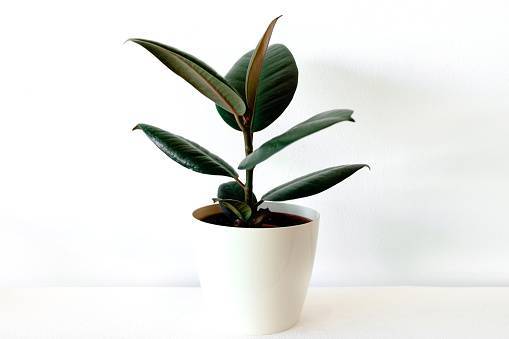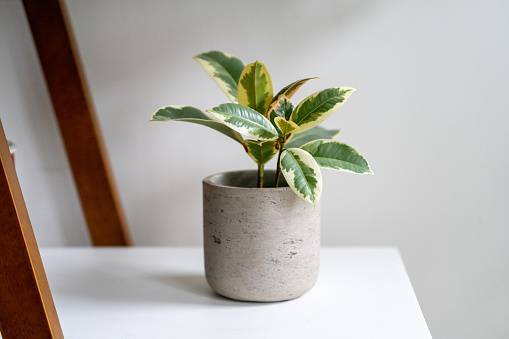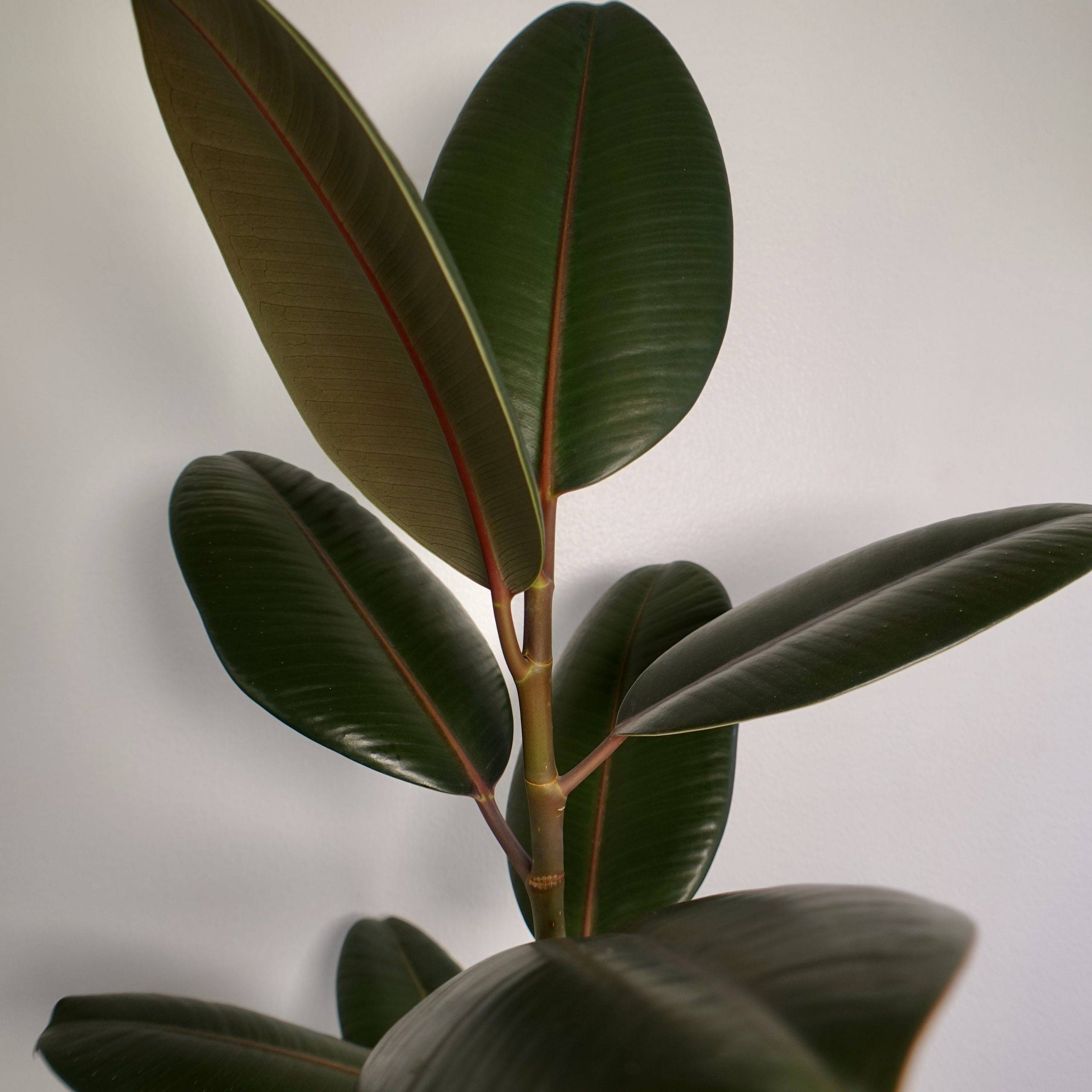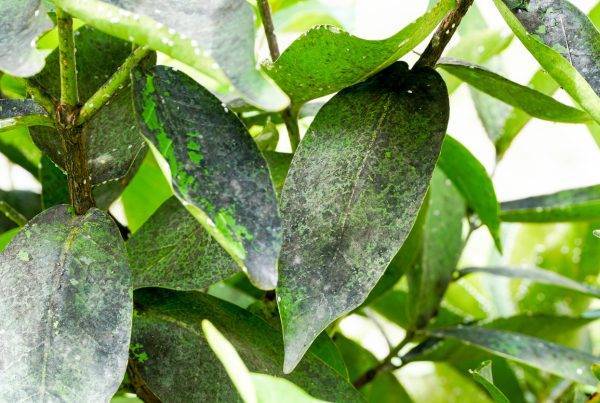The Rubber plant is an easy care plant. It’s very hardy and difficult to kill. It has a beautiful and elegant appearance and makes a great addition to any home. It got its nickname as its white milky latex sap was formerly used to make rubber. The Rubber Plant is native to Southeast Asia. As a member of the fig family it does produce small green oval shaped fig like fruit. However it is very rare indoors. Find out everything you need to know below!
| Varieties | Water | Light | Humidity | Temp | Food | Growth Habit | Soil | Problems | Repot | Propagation | Toxicity
Varieties
Ficus Elastica comes in a few different varieties, all of which have large glossy leaves. Here are the most commonly found varieties.



Water
Rubber plants likes its soil to remain moist while actively growing, allow top inch of soil to dry out before watering. While dormant it likes to dry out a little more, allow top 3-4 inches of soil to dry out.
Light
It thrives in bright indirect light. The Rubber plant can adapt to lower light conditions but growth may slow or stop. Keep it out of direct sun as it can scorch the leaves.
Humidity
In its native habitat it is a humidity lover however it adapts very well to lower humidity and won’t throw any tantrums as a result!
Temperature
Ideal temperatures for Ficus Elastica are 10-29 degrees Celsius
Food
They like a monthly feed while actively growing.
Growth Habit
It grows upright on a single stem. If you would like your rubber plant to branch out, prune just above a node where you would like it to branch. Two new stems will form where you have pruned. It can also sporadically send out a new shoot if you remove a single leaf.

Soil
Rubber plants aren’t very picky when it comes to soil. They do like a well draining mix so add some perlite in to your mix.
Problems
Rubber plants are hardy and pest resistant. They aren’t prone to many problems.
New Leaves are very small – This can be caused by insufficient light, lack of nutrients or when its roots have no more room to grow.
Though they are very hardy the most common question I get is how to get them to grow! Rubber plants have a natural dormancy period and so it is normal for them to stop growing during this time. Like many others if you have had your rubber plant for a long time and have never seen it grow, keeping its soil moist and increasing the amount of light usually does the trick.
Repot
Rubber plants in the right conditions can be very fast growers. It’s not a plant that likes to be root bound and will stop growing once they have filled the pot. They should be repotted every 1-2 years.
Propagation
Rubber Plant is not the easiest of plants to propagate! Air layering is the best method. More on Air Layering here. It can also be propagated in water or soil but air layering does have a higher success rate.
Toxicity
Mildly toxic to both humans and pets.
Happy Gardening!





